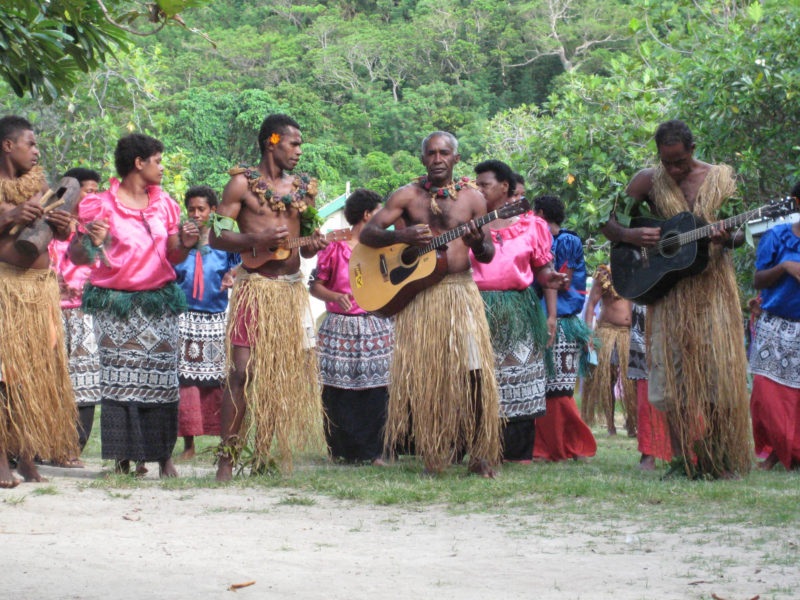The Government of Fiji will be the president of the 23rd Climate Change Conference (COP23) to be held in Bonn. Prime Minister Voreqe Bainimarama has given high priority to COP23 and aims to continue the momentum for action since the entry into force of the Paris Climate Change Agreement last year.

The entire region is highly vulnerable to climate change impacts. The London School of Economics estimates that, across the Pacific Islands, which is home to some 10 million people, up to 1.7 million could be displaced due to climate change by 2050. Yet Fiji, like all Pacific Island states, faces challenges in fully implementing government policies due to limited technical, human resource and financial capacities.
Support for adaptation and resilience-building, especially for the most vulnerable nations, is a priority. As a result, and next to other issues to be discussed at COP23, Prime Minister Bainimarama plans to prioritise finance for climate adaptation through the private sector.
Home to over 870,000 people in the central South Pacific Ocean, Fiji’s 300 volcanic islands include low-lying atolls, which are highly susceptible to cyclones and floods. Thus Fiji is no stranger to the devastation wrought by climate change.
Sea flooding is usually associated with the passage of tropical cyclones close to the coast. However, heavy swells, generated by deep depressions and/or intense high pressure systems some distance away from Fiji have also caused flooding to low-lying coastal areas.
In 2012, Vunidogoloa became the first village to begin relocating to higher ground due to sea-level rise.
Looking to the future, the impacts of climate change on Fiji will only increase.
According to a World Bank report, climate threats to Fiji’s society and economy include:
- higher rates of disease as average temperatures rise;
- increasingly destructive storms as oceans get warmer and weather patterns become more severe; and
- disruptions to agriculture as the intrusion of saltwater damages existing farmland.
On Fiji’s main island of Viti Levu, these factors are expected to contribute to economic damages of up to $52 million per year, or roughly four percent of Fiji’s gross domestic product.
Addressing vulnerability is thus a key concern for the country and Fiji’s national policies are said to hold valuable lessons for all governments bracing for climate-induced population movements.
The Government is implementing projects to address vulnerability by increasing resilience. Projects include initiatives funded through the Global Environment Facility (GEF), the Green Climate Fund (GCF) and with support from numerous United Nations agencies.
Together with other highly vulnerable countries, Fiji is also a member of the Climate Vulnerable Forum.
